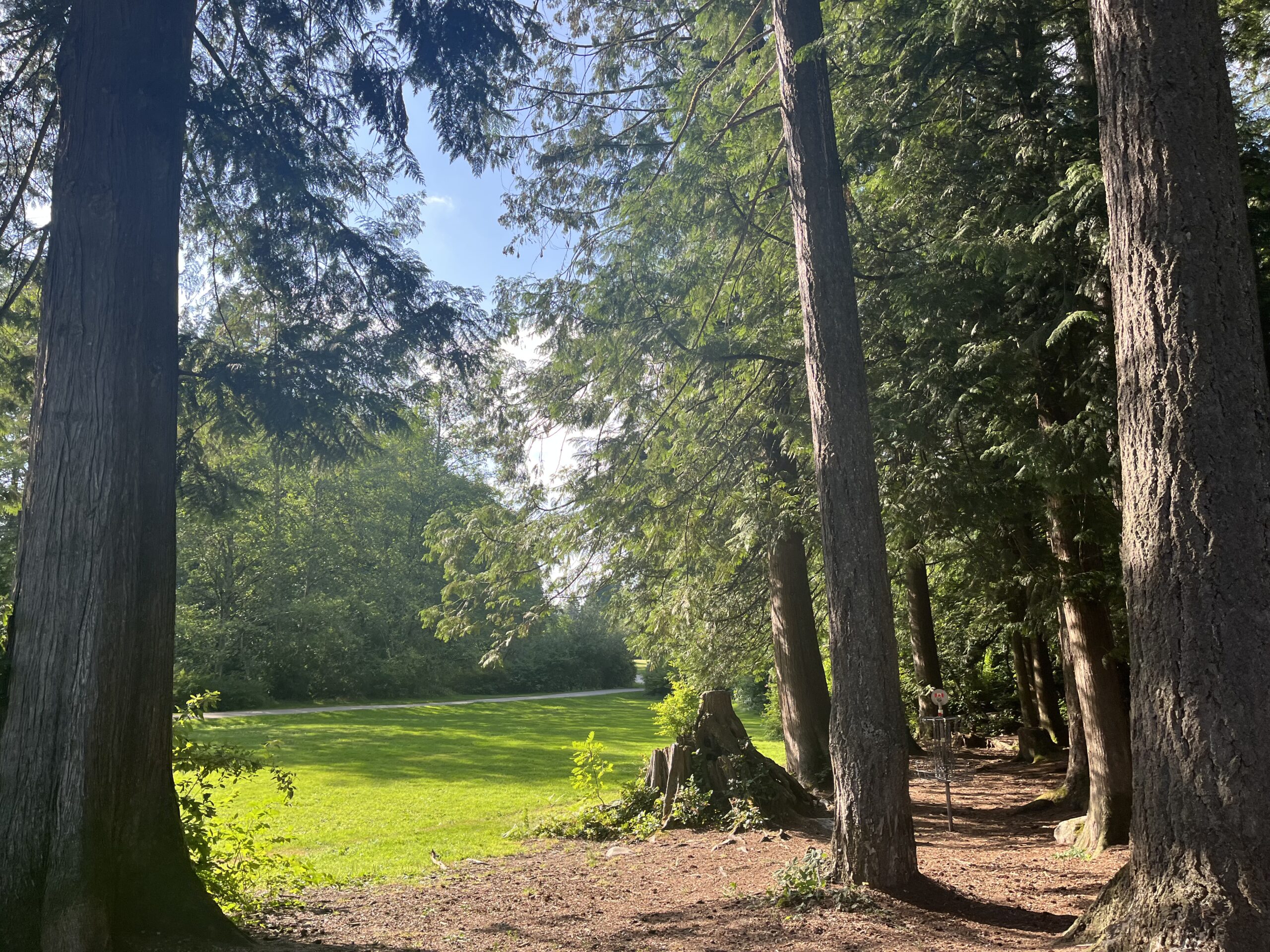At Vancouver Home Hub, we believe transit infrastructure shapes communities long before homes are built. With major SkyTrain expansions underway—including the Broadway Millennium Line extension and the Surrey‑Langley Expo Line extension—now is the time to understand how upcoming transit projects could impact home values across Metro Vancouver. This article explains which neighborhoods will be connected soon, how prices are already changing, and where savvy buyers can find opportunity in 2025 and beyond.
1. SkyTrain Expansion Projects: What’s Coming
Broadway (Millennium Line) Extension to Arbutus
This 5.7 km subway extension will add six stations—Mount Pleasant, Oak‑VGH, South Granville, and Arbutus among them—with a targeted opening in late 2027. Originally scheduled for 2026, the project has faced delays but will dramatically improve access to neighborhoods like Kitsilano and Mount Pleasant .
Surrey–Langley (Expo Line) Extension
Set to open by 2029, this ~16 km extension includes eight new stations such as 152 Street, Fleetwood, and Langley City Centre. The trip from Langley to King George Station will shrink from over 50 minutes by bus to just 22 minutes by train .
Meanwhile, TransLink’s Transit-Oriented Development (TOD) guidelines are encouraging high-density, mixed-use growth around these stations, with official plans already in place for developments at Marine Gateway, Moodyville, and Broadway/Arbutus .
2. How Transit Impacts Real Estate: Data from Past Projects
SkyTrain Corridors Lead to Value Premiums
Properties within 400 to 800 m of existing SkyTrain stations command a 5–20% premium compared to similar homes further away, according to Real Estate Investment Network (REIN).
Welfare Models Show Rising Housing Costs
UBC research showed that transit expansion raised monthly housing costs near newly built stations by $26/month, while existing station areas saw a ~$14/month rise—as demand concentrated around more travel‑accessible areas.
Development and Population Growth Near SkyTrain Stops
From 1991 to 2001, population within 500 m of SkyTrain stations jumped 37%, versus 24% regionally. Over $5 billion in private investment followed within walking distance of SkyTrain and SeaBus corridors.
3. Areas to Watch for Future Home Price Growth
Mount Pleasant & Broadway Corridor
Once completed, the Broadway extension will transform Mount Pleasant into a transit-heavy corridor. The City of Vancouver’s Broadway Plan anticipates adding up to 50,000 residents and 42,000 jobs around the six future stations.
Surrey & Fleetwood Town Centre
Developments around future Fleetwood and Green Timbers stations are central to Surrey’s growth strategy. Under the Fleetwood Plan, these stations will anchor a new mixed-use town centre with high-density housing and amenities Wikipedia.
Langley City Centre & Willowbrook
The metro will connect regions that previously relied on long bus rides into the city. Investors are already positioning along Fraser Highway transit villages where land values and demand are climbing STOREYS.
Moodyville & Broadway/Arbutus TOD Sites
TransLink and PCI Developments are moving ahead with mixed-use, platform-adjacent projects, especially near the future Arbutus Station—enhancing both housing supply and station-area amenity offerings.
4. What This Means for Homebuyers & Investors
Accelerated Appreciation Around Stations
Past expansions like the Millennium and Canada Lines show time-lagged but consistent value gains. Buyers who invested early near SkyTrain stations observed strong appreciation and higher rental demand.
Greater Opportunity Vs. Pre-Rounded Markets
Areas with planned lines often present more affordable entry points with growth potential, compared to established corridors like Metrotown or Main‑Vancouver.
Equity Gap by Income
While transit improves access for all, higher‑income buyers benefit disproportionately—often priced into the market early. UBC’s research confirms that over time, value increases shift ridership benefits to those less price-sensitive.
Future Linkages Could Unlock Urban Nodes
Long-range plans like the proposed 41st Avenue SkyTrain (connecting Metrotown to UBC) could reshape densification zones and shift elevated demand well beyond traditional downtown areas Reddit.
5. Strategies for Using Transit Expansion as an Investment Tool
- Get in early in future stations: Target neighborhoods along Broadway extension before Arbutus or Mount Pleasant pricing spikes.
- Watch municipal plans: Rezoning or area plans like Surrey’s Fleetwood Town Centre signal where rapid change is coming.
- Look for TOD developments: Mixed‑use schemes built alongside transit (like Moodyville, Marine Gateway) often pre-commit value and convenience.
- Rent‑friendly projects boost ROI: Rental demand tends to increase; near‑transit condos often see 10–15% higher rents than neighbourhood averages .
- Recognize timing issues: Home values may dip during construction but recover and surpass previous levels post‑completion.
Final Thoughts
Transit shapes communities—and SkyTrain expansions are among the biggest city-building tools Metro Vancouver has enacted in decades. While infrastructure is ongoing, now is the time to research, strategize, and consider transit-linked neighborhoods if you’re buying or investing. Neighborhoods poised for change offer better long-term value than those already priced in.
If you’d like one-on-one guidance about the best upcoming transit-linked areas—or need help matching lifestyle and budget to transit accessibility—Vancouver Home Hub is here to help.
Share this guide with anyone thinking about real estate decisions in Vancouver. Stay tuned for deeper dives on specific stations, development updates, and growing neighbourhoods.
Read more:
The Rise of Co-Living Spaces in Vancouver: Pros and Cons
The Role of Technology in Vancouver Real Estate: Virtual Tours and Smart Homes
Do You Really Need a Realtor to Buy a Home in Vancouver?
How Foreign Buyer Tax and Speculation Tax Affect Vancouver Real Estate
Renting vs Buying in Vancouver: Which Is Better in 2025?
My name is Jay, a longtime Metro Vancouverite sharing local real estate tips and my own photos of the city’s homes and neighbourhoods here on Vancouver Home Hub. Hope you find my blog useful! Feel free to reach out anytime at vancouverhomehub@gmail.com if you have questions.


Leave a Reply